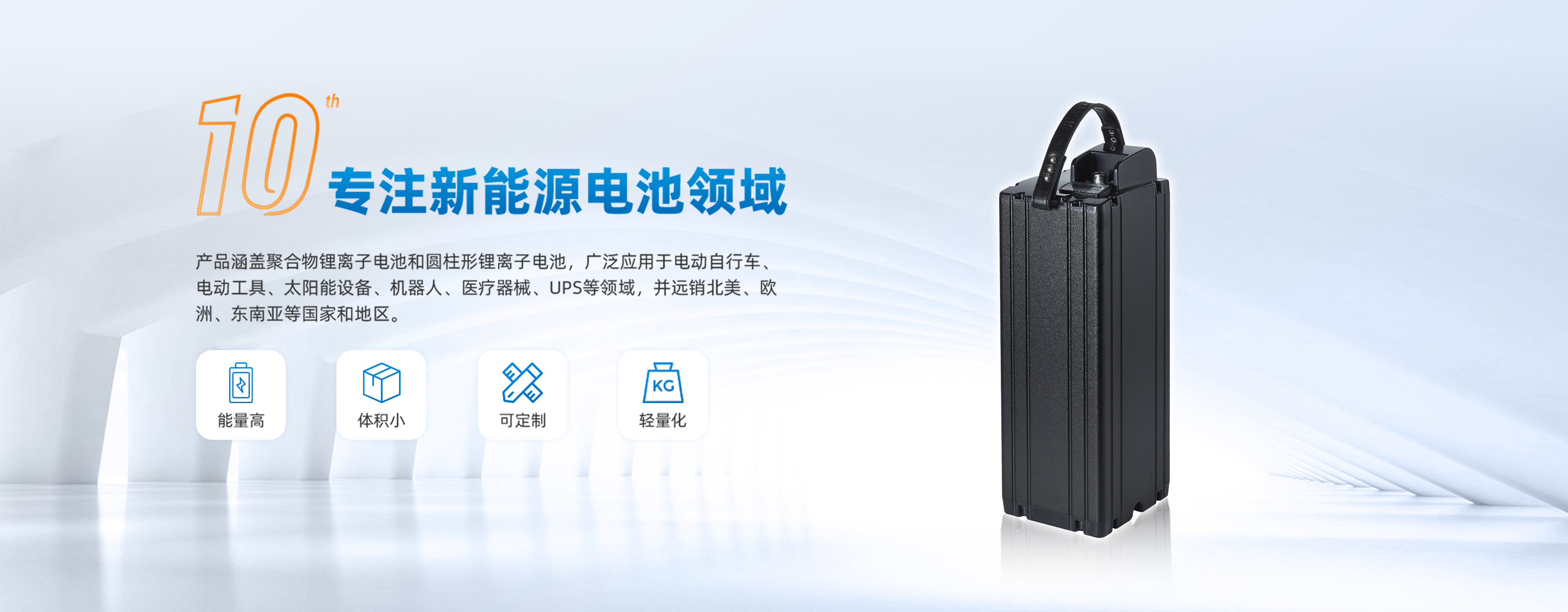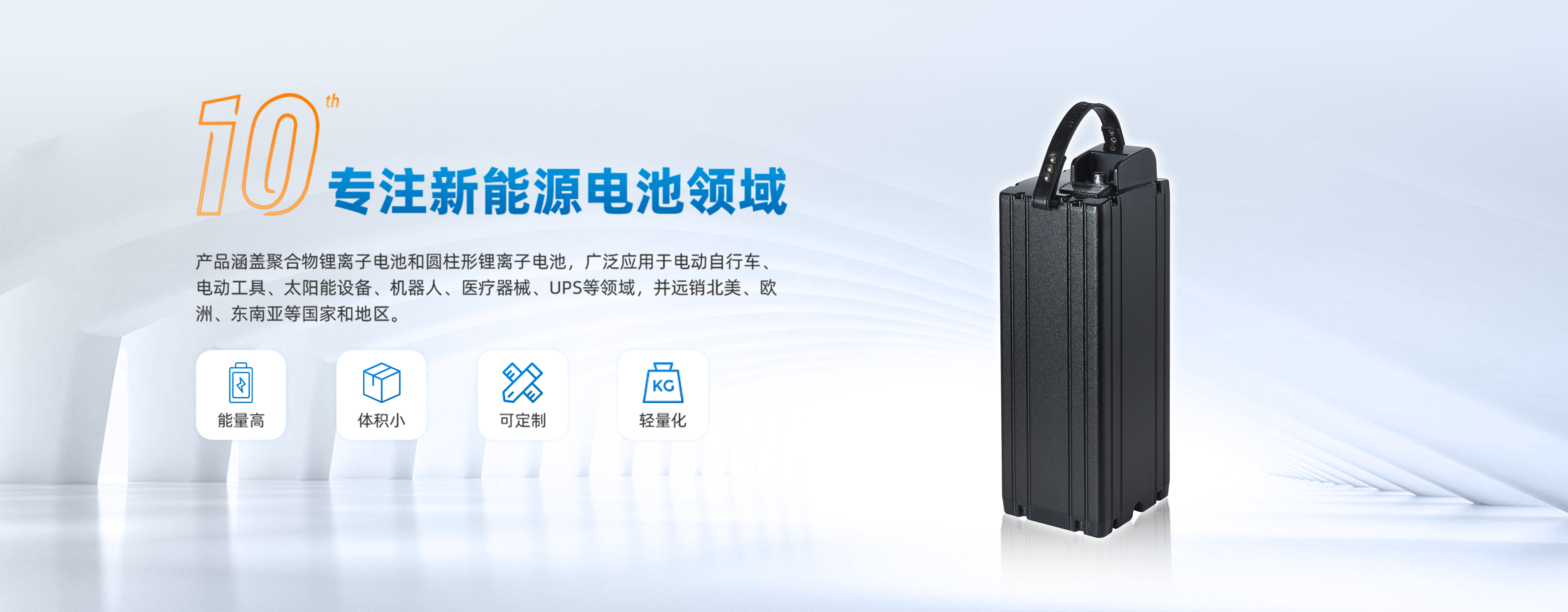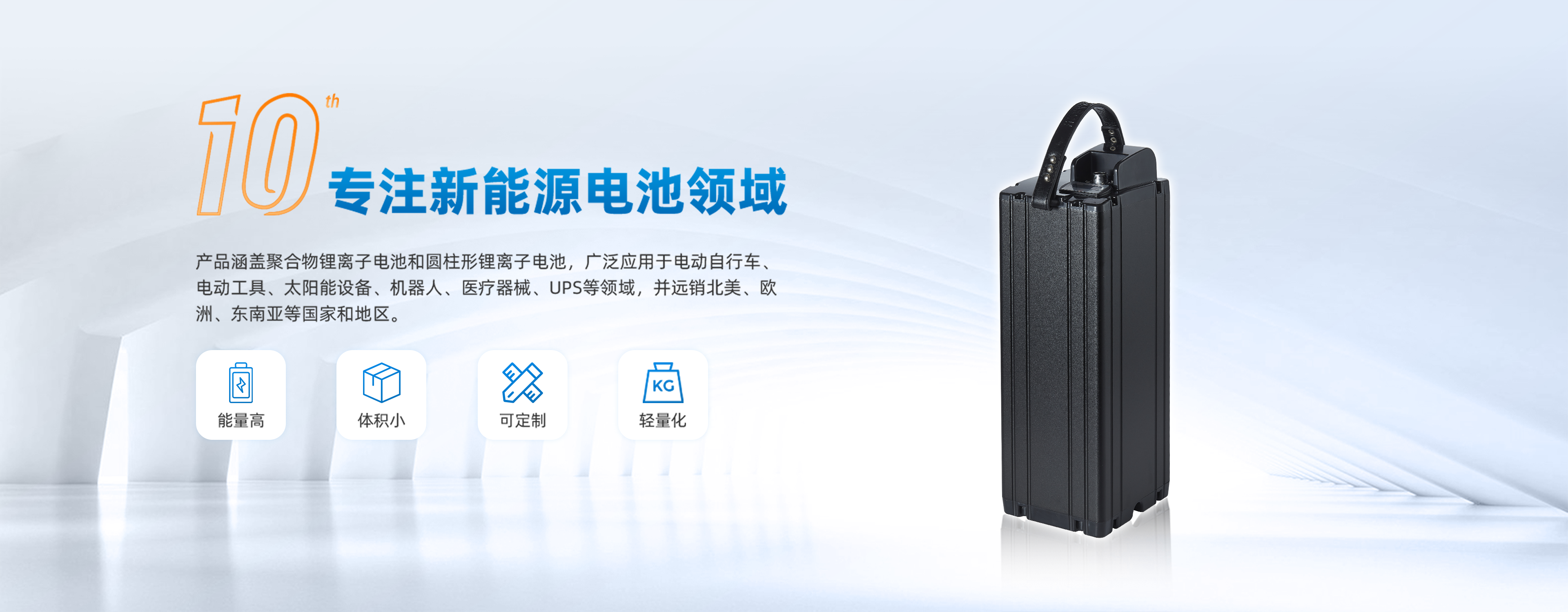Six Maintenance Rules of UAV Lithium Battery
As a popular aircraft, the power source of unmanned aerial vehicle mainly depends on lithium battery. Effective maintenance of UAV lithium battery can prolong its service life and improve its safety performance. This article will discuss the six maintenance rules of UAV lithium battery to help users better protect and maintain the power source of UAV.
1. Regular charge and discharge
the lithium battery of UAV needs to be charged and discharged regularly to maintain the performance and capacity of the battery. It is recommended to fully discharge and charge the battery every month to avoid battery loss caused by prolonged non-use.
2. Avoid excessive charging and discharging
overcharging or discharging will damage the chemical structure of the lithium battery and reduce the capacity and performance of the battery. We recommend that you avoid discharging the battery to a low voltage or charging it to a high voltage to protect the health of the battery.
3. Appropriate temperature environment
lithium battery is very sensitive to temperature, too high or too low temperature will affect the performance and life of the battery. When using and storing unmanned aerial vehicles, avoid exposing the batteries to extreme temperatures.
<span style = "font-size: 14px;">4. Check the appearance of the battery regularly
regularly check the appearance of the UAV lithium battery, including whether the shell is damaged, whether the connector is loose, etc., to ensure that the external of the battery is intact, to avoid battery failure caused by external factors.
5. Reasonable storage of batteries
unmanned aerial vehicle lithium batteries that have not been used for a long time should be stored in a dry and ventilated place to avoid being affected by damp or high temperature environment. It is recommended to charge and discharge the storage battery at regular intervals to maintain the battery performance.
6. Pay attention to safe use
use UAV lithium battery attention should be paid to safety to avoid potential safety hazards caused by short circuit or overcharge and overdischarge of the battery. When replacing the battery or charging, be sure to use the original supporting equipment to avoid problems caused by charger or connector mismatch.







 Yue Gong Wang An Bei No. 4419002007491
Yue Gong Wang An Bei No. 4419002007491